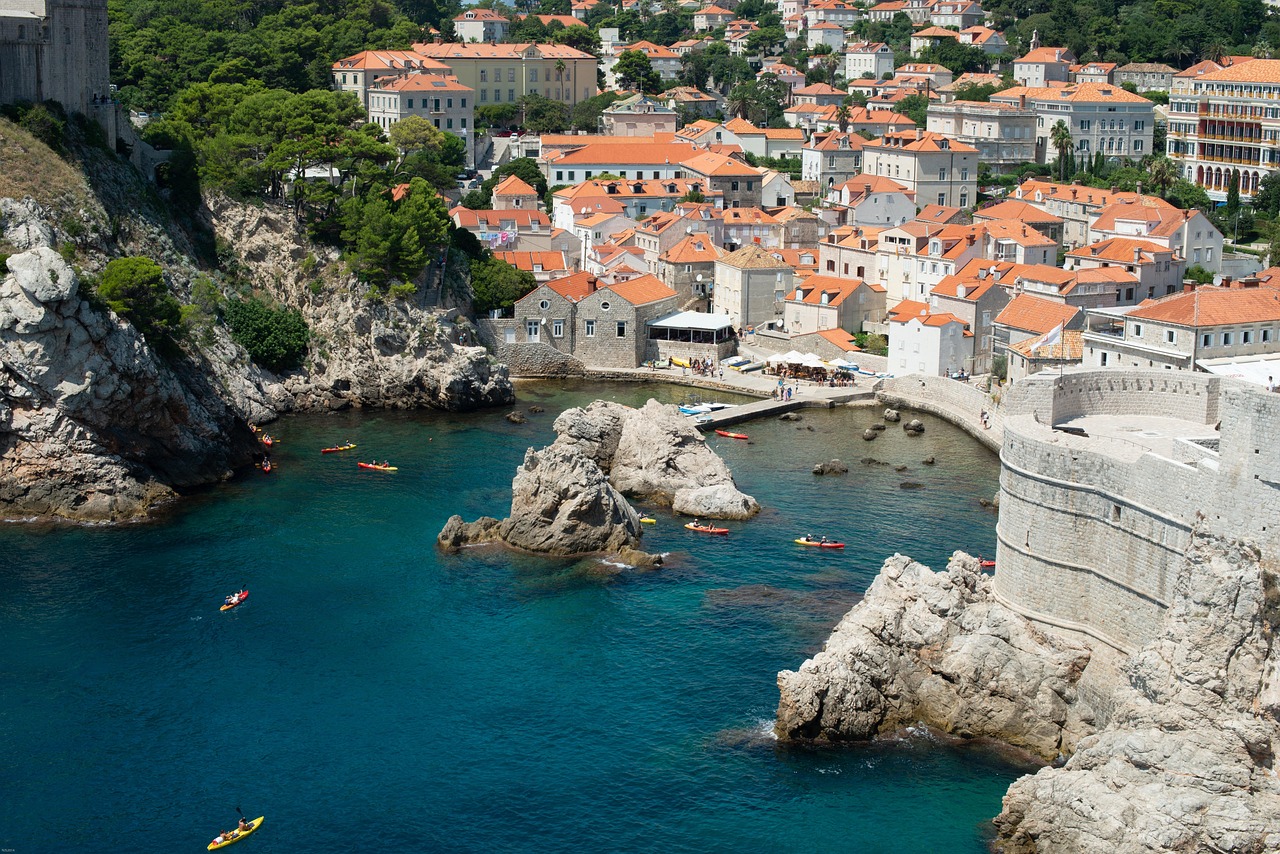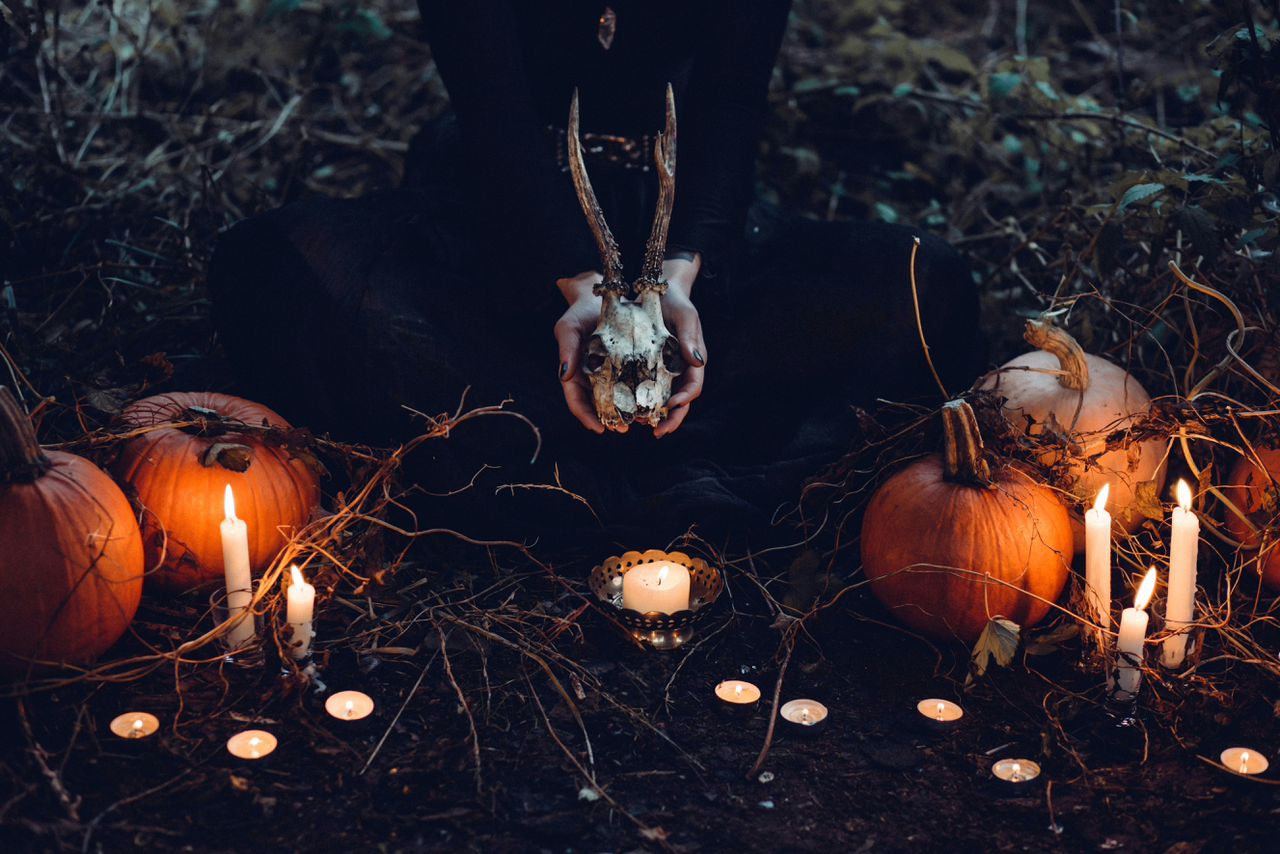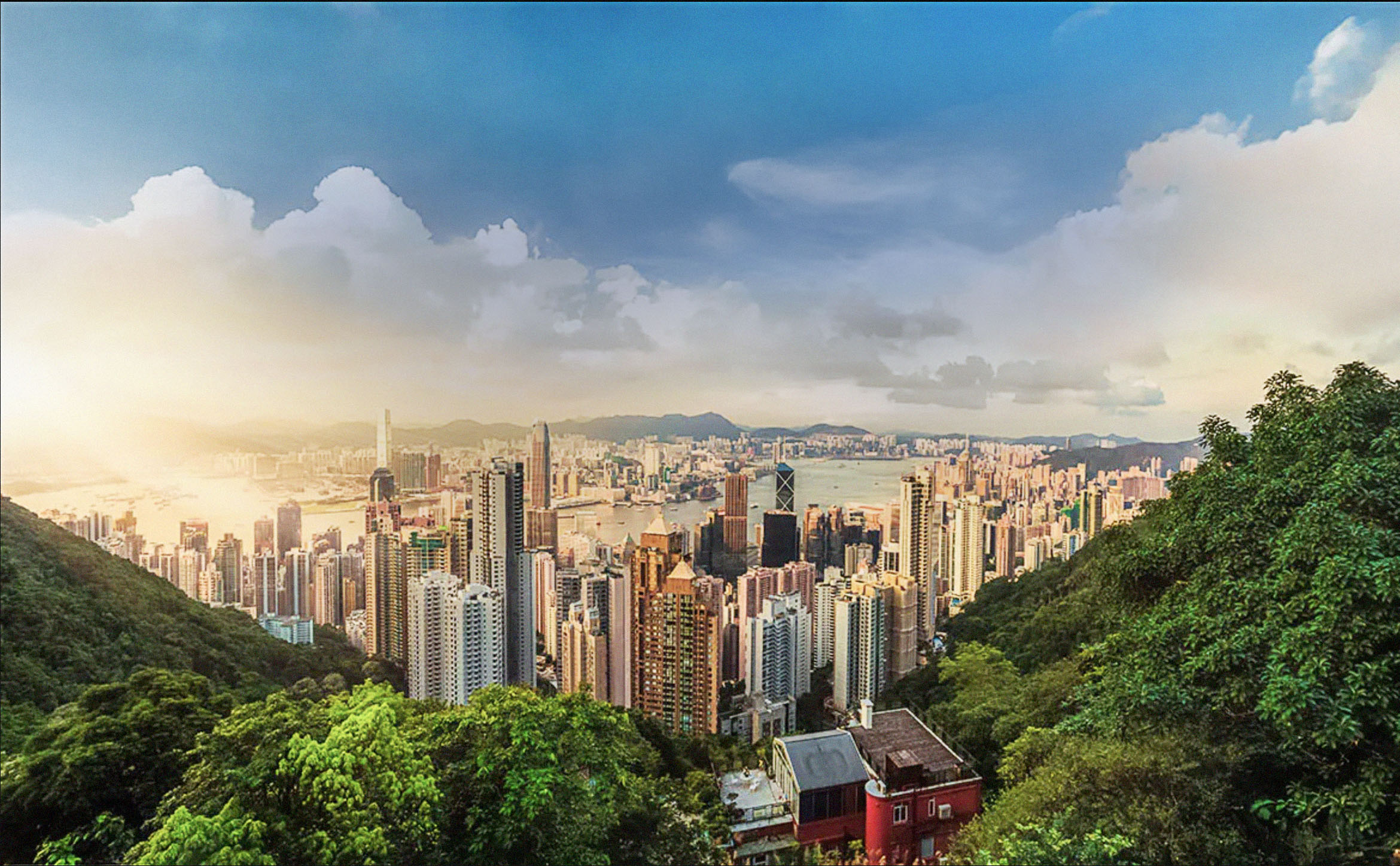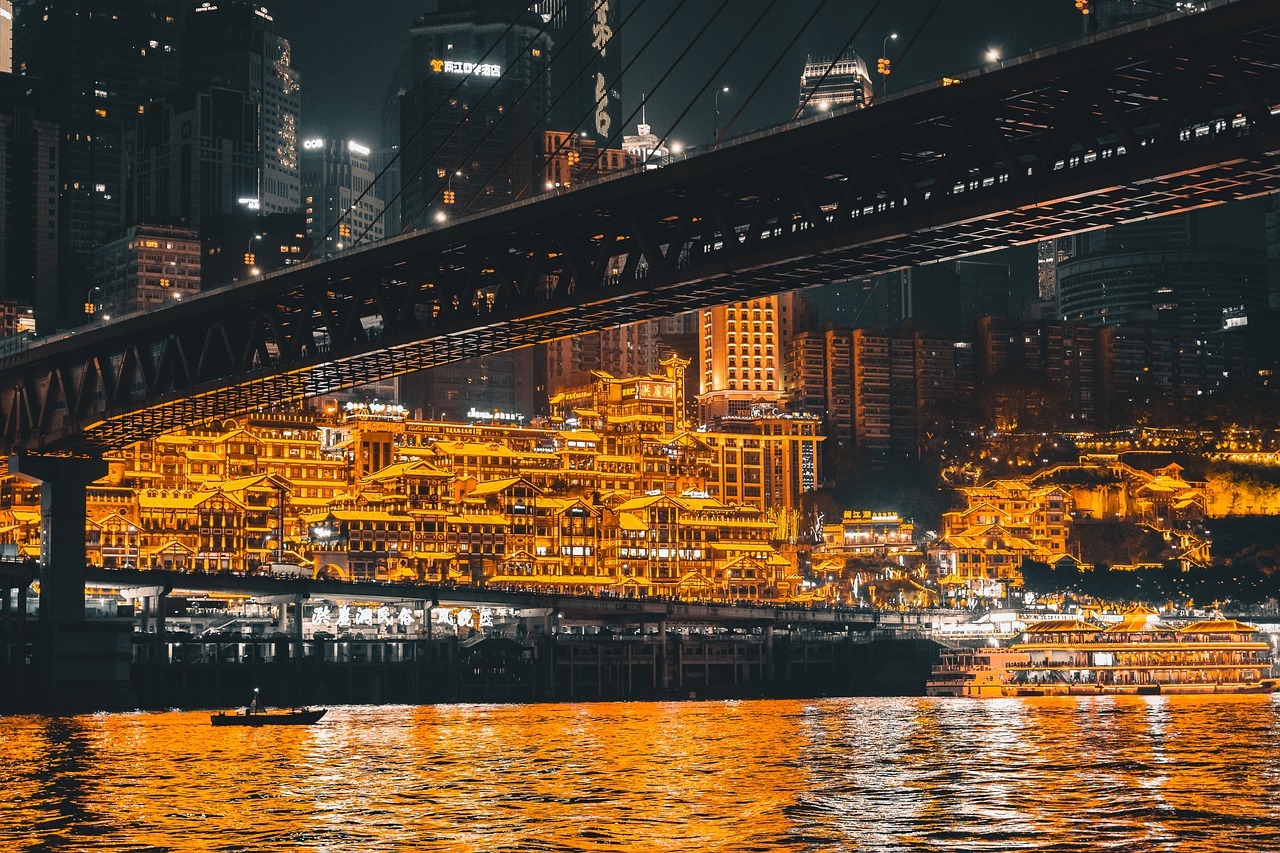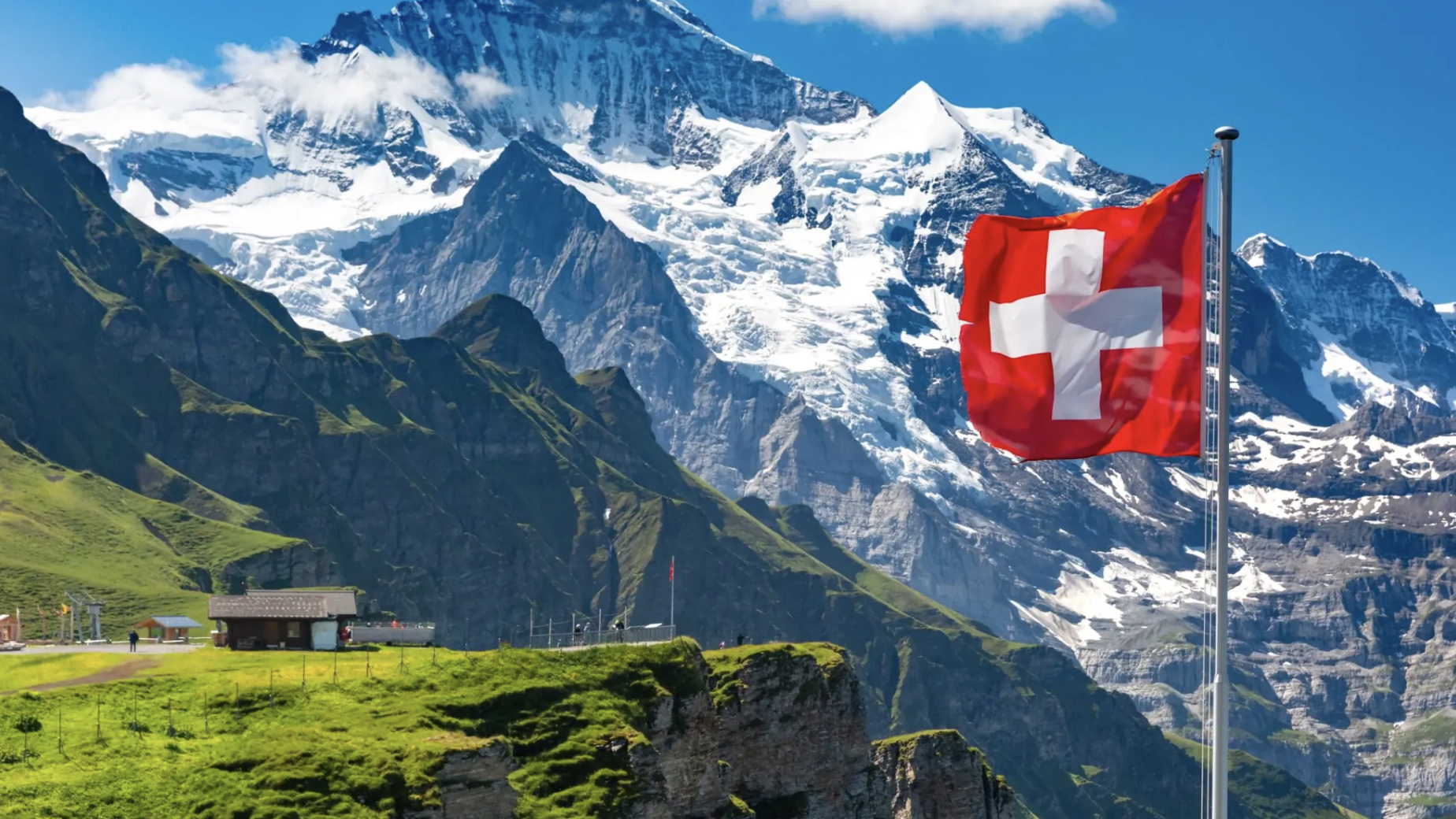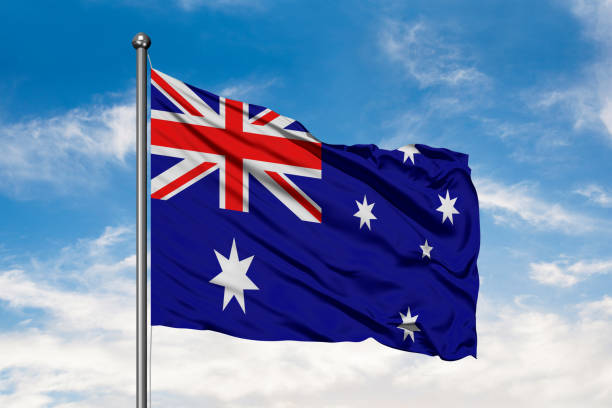10 FASCINATING PLACES OF SHIKOKU, JAPAN!
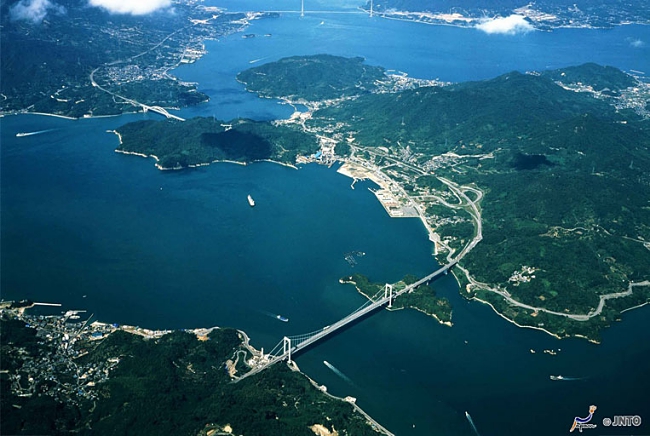
Shikoku is one of the islands forming the Japanese archipelago. It is surrounded by the Seto Inland Sea and Pacific Ocean and is blessed with a mild climate and bountiful nature. Whirlpools, ancient shrines, valleys and historic towns is a must visit destination while visiting Shikoku.
Naruto Park
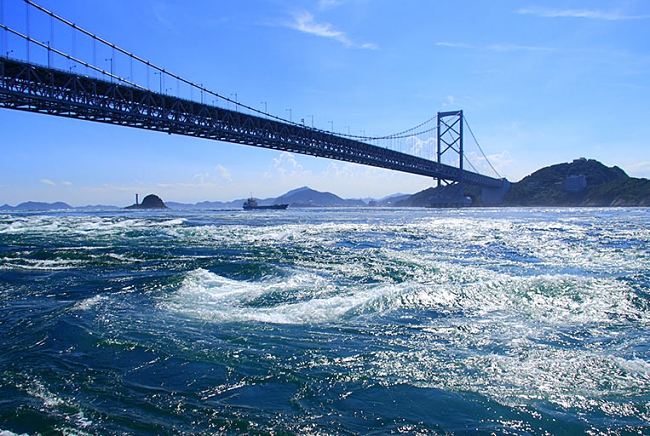
The Naruto channel, which connects Seto Inland Sea and the Pacific Ocean, is only 1.3-km wide, so seawater flows in and out from the Seto Inland Sea according to the rhythm of the tides. The height difference between high tide and low tide reaches 1.5 meters maximum, creating numerous large and small whirlpools.
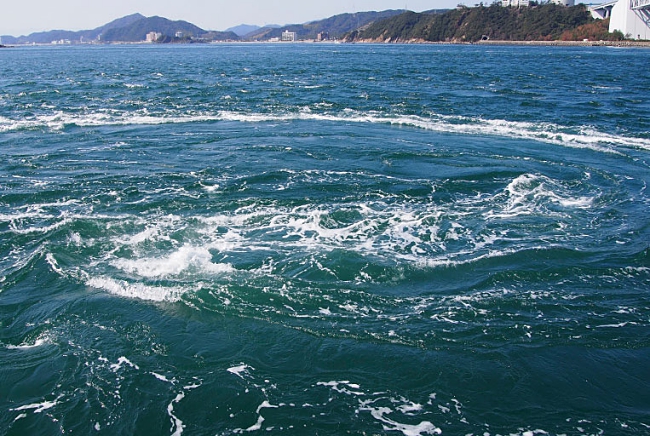
Aboard a whirling wave observation boat, you can get very close to the waves. There is also a boat service called "Aqua Eddy" (booking is required), which has an underwater observation room from which you can observe the spiraling whirlpools.
Or, you can look down at the whirlpools from Uzu-no-michi, a walkway set on the Onaruto Bridge over the sea.
Otsuka Museum of Art
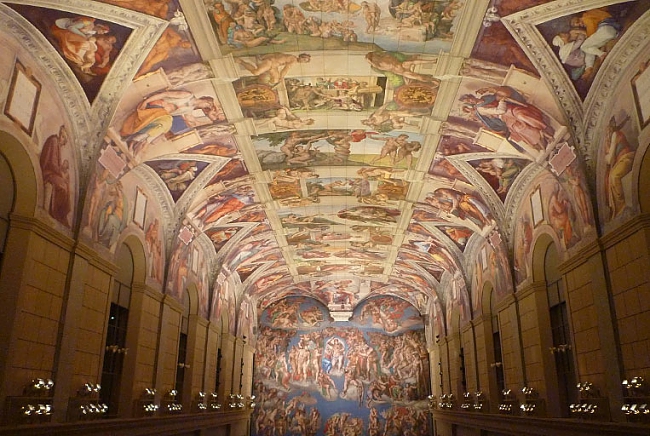
The "Otsuka Museum of Art" has the largest exhibition space in Japan. About 1,000 reproductions of ancient and modern paintings in the museums of 25 countries are exhibited here. All reproductions are made on a life-size ceramic plate using special techniques. You can enjoy world masterpieces such as Leonardo da Vinci's "Last Supper", Monet's "Water Lilies" or the frescoes of the Sistine Hall.
Konpira-gu shrine
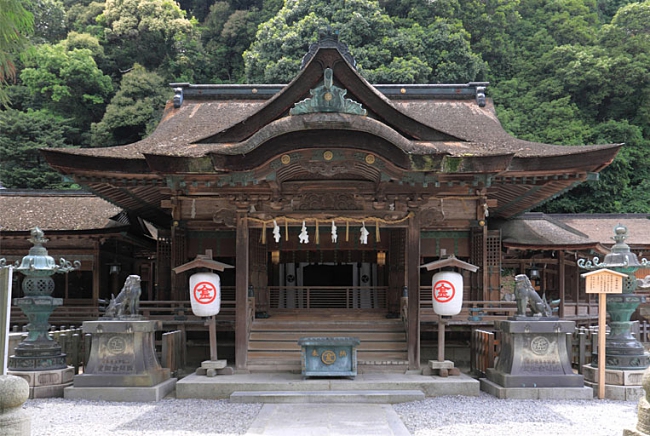
People in by gone days used to dream of visiting this shrine at least once in their lives. The ancient Konpira-gu has long been a site of worship for those praying for safety on the seas. This shrine is particularly highly esteemed by the Imperial Family, and some believe that the shrine has spiritual powers. This idea has spread among ordinary people, along with the yearning for a journey to a far-away place.
Kotohira-gu Shrine is famous for its long stairways with 785 steps that lead up to the main shrine and 1,368 steps that lead up to the inner shrine, but children as well as the elderly struggle to make it to the top in hopes of getting their prayers answered and getting a look at the magnificent view from above. You can take a palanquin at the bottom up to around 360 steps. Some shops lend out shoes and walking sticks.
Oboke
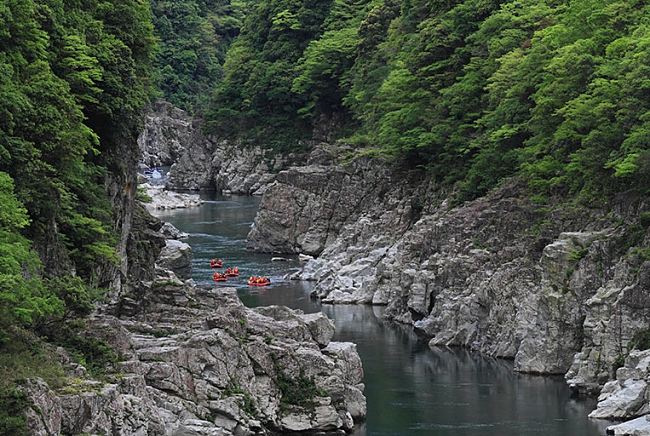
Boke of Oboke situated in Miyoshi City of Tokushima Prefecture is a steep valley in Yoshino River. Boke means cliff in ancient Japanese. The upper stream, Koboke-kei, is known as the wildest torrent in Japan, and is popular for rafting.
Iya-kei Valley
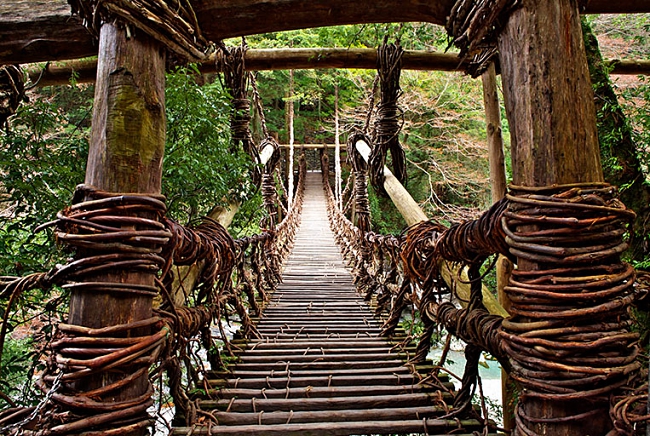
Enjoy the scenery of Iya-kei Valley as you walk along the "Kazura Bridge", a suspension bridge made of kudzu or Japanese arrowroot that grows on the mountain. It is said that this bridge was made by defeated warriors to throw off pursuers. The season of red leaves around October is particularly beautiful here.
Dogo-onsen
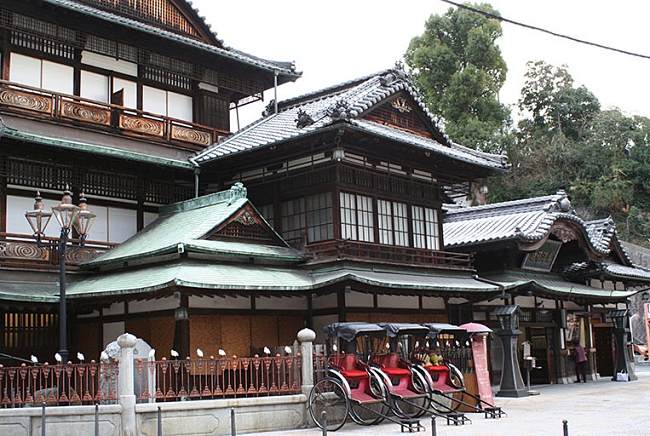
Dogo-onsen Hot Spring is the oldest spa in Japan that is believed to have sprung up 3000 years ago. The symbol of this spa resort is "Dogo-onsen Honkan", a public bath built more than 100 years ago. In town, there are also some footbaths that you can use at no charge.
Botchan-Train
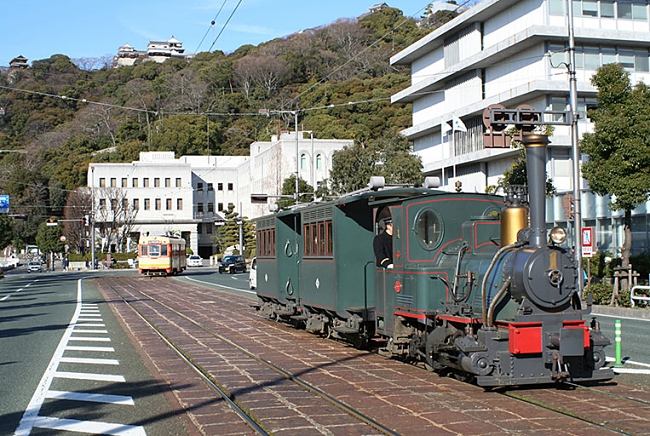
Dogo-onsen is also famous for having appeared in the novel "Botchan" written by the nineteenth-century literary figure Soseki Natsume, and the streetcar named the "Botchan-Train" connects the center of Matsuyama City with Dogo-onsen.
Dogo Park
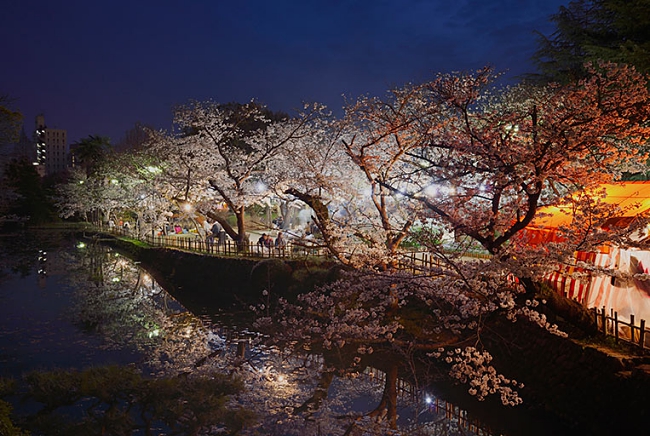
In "Dogo Park", about a 5-minute walk from Dogo Onsen town, there used to be a castle (Yuzuki Castle) from the 14th to 16th century, and the park is arranged so as to utilize the cultural assets. You can see reproductions of old Samurai residences and document archives free of charge. If you are interested in haiku, you should visit the museum of Shiki Masaoka, a haiku poet of Japan. If you go up to the observatory there is a wonderful view of the Seto Inland Sea on a fine day. The place is known for its beautiful cherry blossoms in spring.
Matsuyama Castle
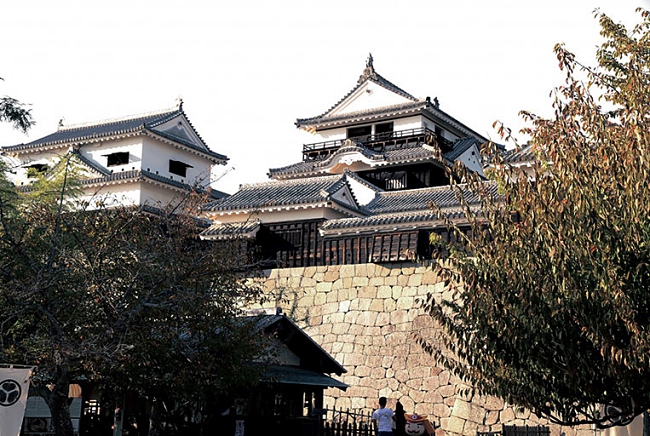
Matsuyama Castle, which stands at the top of a small hill at the center of Matsuyama City, was built in 1602. As with Kochi Castle, it is one of the few castles that have the same shapes that they did when they were built. The view seen from the castle keep is also beautiful.
Mingei Iyo Kasuri Kaikan
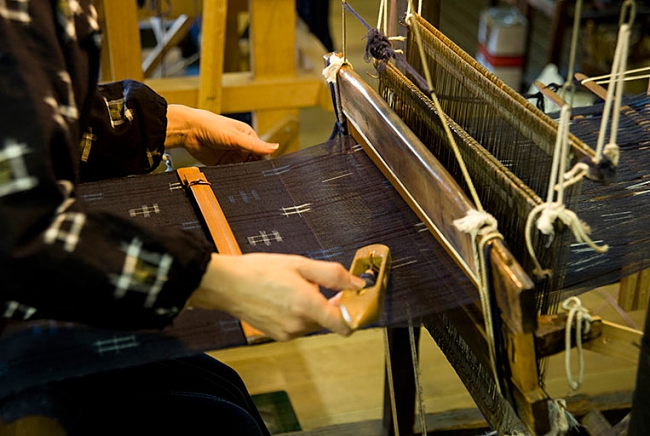
Textile fabric called Iyo Kasuri, which has an impressive grid-like pattern, is one of the major textile fabrics in Japan. Kimono, clothes, small items made of Iyo Kasuri fabric and tie-dyed T-shirts make excellent souvenirs.
(Content and images source: JNTO)

